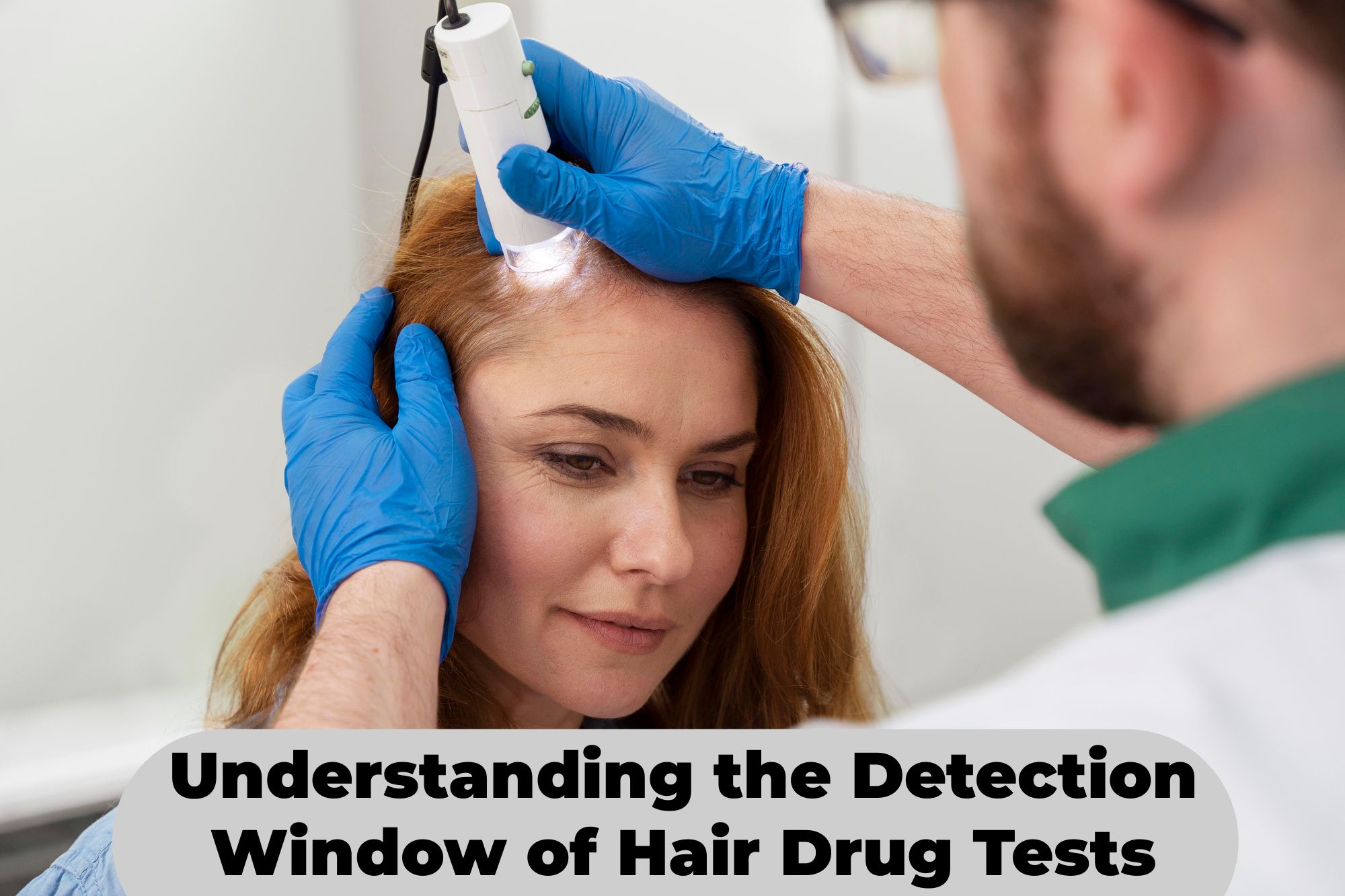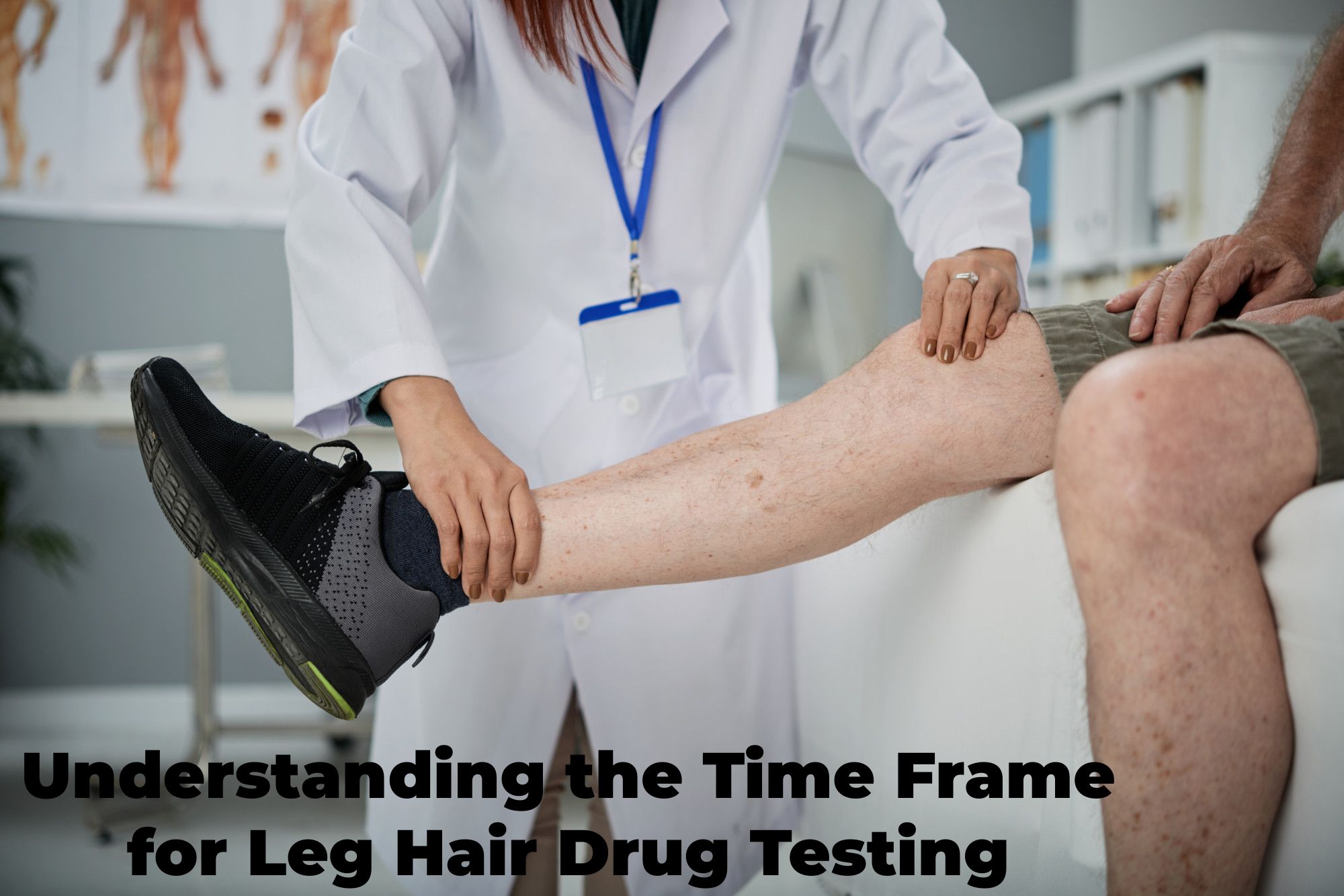Hair Drug Tests: Debunking the Myth of Detecting Low Dose or Infrequent Use
Last Updated on February 3, 2024 by Lily

Hair drug tests have gained popularity as a reliable method for detecting drug use over an extended period. However, there is a common misconception that hair drug tests are not effective in picking up low doses or infrequent use. In this article, we will delve into the details of hair drug tests, exploring their accuracy, limitations, and the factors that may affect their sensitivity.
Understanding Hair Drug Tests:
Hair drug tests are conducted by analyzing a sample of hair follicles to detect the presence of drugs and their metabolites. This type of testing offers a longer detection window compared to other methods, as drugs can remain trapped in the hair shaft for months or even years after use. The process involves collecting a small sample of hair from the scalp or other parts of the body and subjecting it to laboratory analysis.
Factors Affecting Hair Drug Test Sensitivity:
While hair drug tests are generally considered highly accurate, there are factors that can influence their sensitivity. One such factor is the drug concentration in the hair. It is true that extremely low drug concentrations may be more challenging to detect compared to higher concentrations. However, modern testing methods have become increasingly sensitive, and even minute amounts of drugs can now be detected with improved accuracy.
Detection Window for Hair Drug Tests:
The detection window for hair drug tests is a crucial aspect to consider when assessing their effectiveness for low dose or infrequent use detection. Generally, a 1.5-inch segment of hair can provide a detection window of approximately 90 days. However, it’s important to note that the detection window can vary depending on the rate of hair growth, individual drug metabolism, and the specific drug being tested.
Accuracy of Hair Drug Testing Methods:
Contrary to the misconception, hair drug tests are highly accurate in detecting drug use, even at low doses or infrequent use. These tests can identify a wide range of substances, including marijuana, cocaine, amphetamines, opiates, and more. The accuracy is attributed to the fact that drugs and their metabolites become incorporated into the hair shaft as it grows, providing a reliable timeline of drug use history.
Limitations of Hair Drug Tests:
Although hair drug tests are reliable in many aspects, they do have certain limitations. One limitation is that they cannot detect recent drug use within a few days of testing, as it takes time for drugs to become incorporated into the hair shaft. Additionally, hair drug tests may not be suitable for determining the exact timing or frequency of drug use, as they only provide a historical overview.
Infrequent Use and Hair Drug Tests:
Hair drug tests have been found to be effective in detecting infrequent drug use. Even if drug use is sporadic, the drugs can still become incorporated into the hair shaft during the growth period. However, it is worth noting that infrequent drug use might result in lower drug concentrations, which could potentially be more challenging to detect. Nonetheless, hair drug tests are still capable of picking up even minimal drug exposure.
Myth of Low Dose Detection:
The idea that hair drug tests are not good at detecting low drug doses is a misconception. As mentioned earlier, modern testing methods have become highly sensitive, allowing for the detection of even minute drug concentrations. While it is true that higher drug concentrations may yield more robust results, hair drug tests can still pick up low doses, albeit with a slightly lower sensitivity threshold.
Hair Drug Tests Are Not Good at Picking up Low Dose or Infrequent Use
The efficacy of hair drug tests in detecting low doses or infrequent drug use has been a subject of debate. Hair drug tests are known for their ability to provide a longer detection window compared to other testing methods, such as urine or blood tests. However, their sensitivity to low doses or infrequent use is not as reliable.
Hair drug tests work by detecting the presence of drug metabolites that are incorporated into the hair follicle during drug use. While these tests can identify a wide range of substances and offer a detection window of up to 90 days, they may not be as effective in picking up low doses or sporadic drug use.
The main limitation arises from the fact that drug metabolites may be present in the hair at varying concentrations, depending on factors such as individual metabolism, hair color, hair type, and environmental conditions. In cases of occasional or low-dose drug use, the concentration of metabolites in the hair may fall below the threshold of detection for some substances.
It’s important to note that the reliability of hair drug tests can vary based on the specific drug being tested for. Some drugs may be more easily detectable in hair than others, even at lower concentrations.
In summary, while hair drug tests are valuable for their extended detection window, they may not be as sensitive in capturing low doses or infrequent drug use. Employers and testing agencies should consider the limitations of hair testing when assessing its appropriateness for their needs.
FAQs About Hair Drug Testing
How do hair drug tests work?
Hair drug tests involve collecting a small sample of hair, typically from the scalp, and analyzing it for the presence of drugs and their metabolites. The drugs become incorporated into the hair shaft as it grows, providing a historical record of drug use.
How Long Does a Hair Drug Test Check?
A hair drug test typically checks for drug use over a period of approximately 90 days. This detection window is based on the average rate of hair growth, which is about 0.5 inches per month. A standard hair drug test typically analyzes a 1.5-inch segment of hair closest to the scalp, which provides an approximate three-month detection window.
It’s important to note that the detection window may vary based on individual factors such as hair growth rate, hair length, and the specific drug being tested. Additionally, if longer hair samples are collected or if hair from different parts of the body is tested, the detection window may extend beyond 90 days.
How Long Does Hair Drug Test Show?
A hair drug test can show drug use over a significant period of time, typically up to 90 days. This is because drugs and their metabolites become incorporated into the hair shaft as it grows. As a result, a segment of hair closest to the scalp can provide a timeline of an individual’s drug use history.
While a hair drug test can provide a historical overview of drug use over several months, it is not designed to detect recent drug use within a few days of testing. If the goal is to assess recent drug use, other testing methods like urine or saliva tests may be more appropriate as they have shorter detection windows.
Can hair drug tests detect low drug concentrations?
Yes, modern hair drug testing methods have become highly sensitive and can detect even low drug concentrations. While higher concentrations may yield more robust results, hair drug tests are still capable of detecting minimal drug exposure.
What is the detection window for hair drug tests?
The detection window for hair drug tests is approximately 90 days. However, this can vary depending on factors such as hair growth rate, individual drug metabolism, and the specific drug being tested.
Are hair drug tests accurate in detecting infrequent drug use?
Yes, hair drug tests are effective in detecting infrequent drug use. Even sporadic drug use can result in drug incorporation into the hair shaft during the growth period. However, lower drug concentrations associated with infrequent use may be more challenging to detect.
Can hair drug tests determine the timing or frequency of drug use?
Hair drug tests provide a historical overview of drug use but cannot determine the exact timing or frequency of use. They are not suitable for detecting recent drug use within a few days of testing.
Do hair drug tests have any limitations?
While hair drug tests are generally reliable, they do have limitations. They cannot detect recent drug use, and they may not provide precise timing or frequency information. Additionally, hair drug tests may be influenced by external contamination or cosmetic treatments applied to the hair.
Can hair drug tests be fooled or cheated?
Hair drug tests are difficult to cheat or fool. External contaminants can potentially affect the results, but laboratories have strict protocols to identify and account for such situations. Attempts to tamper with the hair sample or use detoxification shampoos are unlikely to produce reliable results.
How do hair drug tests compare to other drug testing methods?
Hair drug tests offer a longer detection window compared to methods like urine or saliva tests, which makes them more suitable for detecting drug use over a longer period. However, each testing method has its own strengths and limitations, and the choice of method depends on the specific requirements and circumstances.
Are hair drug tests commonly used?
Hair drug tests are increasingly being utilized in various settings, including pre-employment screening, probation monitoring, and forensic investigations. They provide valuable information about an individual’s drug use history, especially over an extended period.
Can hair drug tests be used to determine impairment?
Hair drug tests are not suitable for determining current impairment as they only provide a historical record of drug use. Other testing methods, such as blood or saliva tests, are more appropriate for assessing impairment at the time of testing.
Conclusion:
Hair drug tests are reliable and accurate methods for detecting drug use, including low doses and infrequent use. While it is true that extremely low drug concentrations may present challenges, advancements in testing methods have greatly improved sensitivity. Hair drug tests offer a significant advantage in terms of their longer detection window, providing a comprehensive overview of an individual’s drug use history. Understanding the facts surrounding hair drug tests can help dispel the myth that they are ineffective in detecting low dose or infrequent drug use.



